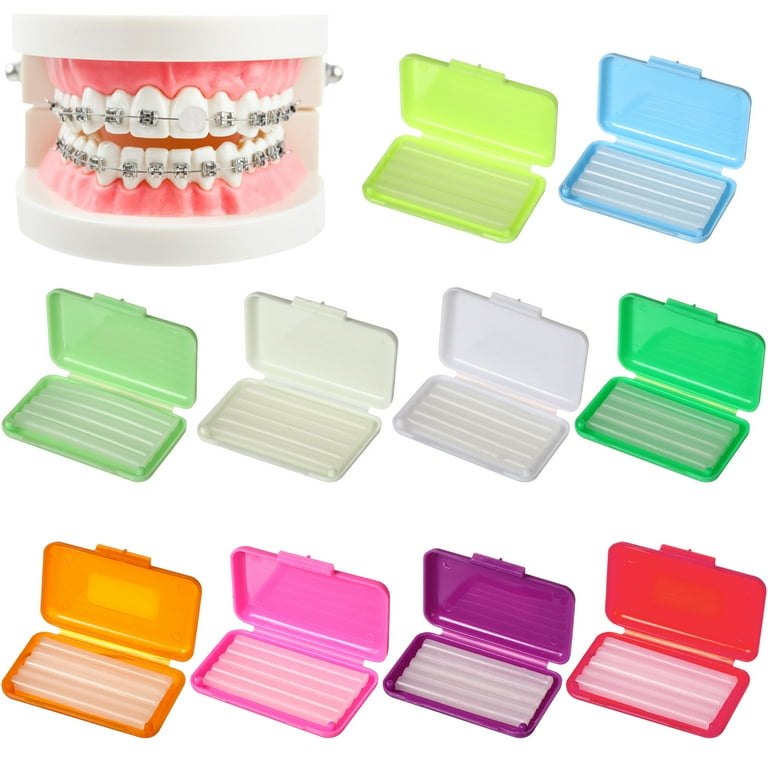Comprehensive Overview to Orthodontics Treatments for Remedying Oral Imbalances
Recognizing the ins and outs of each treatment, including their mechanisms, advantages, and potential downsides, is critical in making notified decisions concerning one's orthodontic therapy. As we browse via the extensive overview to orthodontic procedures for correcting oral imbalances, the intricate information of each approach will certainly unfold, dropping light on the path toward a practical and unified oral positioning.
Orthodontic Procedures Introduction

In enhancement to clear aligners and typical dental braces, orthodontists may also recommend other interventions like headgear, palatal expanders, or retainers to resolve particular alignment concerns (cumming invisalign). These treatments are tailored to each person's unique demands and may entail a mix of therapies to achieve the desired results. Regular modifications and monitoring are crucial parts of orthodontic treatment to make sure development is on track and to make any type of needed adjustments in the process. By going through orthodontic treatments, patients can not only attain a straighter smile however additionally improve their total dental health and wellness and feature.
Typical Dental Braces: Just How They Function
When taking into consideration orthodontic treatments for oral imbalances, conventional dental braces stick out as a time-tested approach for dealing with teeth placing. Conventional braces include braces, wires, and bands that collaborate to apply constant pressure on the teeth, slowly relocating them right into the preferred placement. The braces are affixed to the teeth making use of an unique adhesive, and the wires are threaded via the brackets. By changing the tension of the cables, orthodontists can regulate the direction and force used to each tooth, guiding them right into appropriate placement over time.
One trick facet of just how conventional braces work is the process of bone makeover. As pressure is related to the teeth through the braces, the bone bordering the teeth is improved to sustain the new tooth positions. This renovation is vital for the long-lasting stability of the fixed placement. Clients will certainly require regular changes at the orthodontist's workplace to make sure the dental braces continue to apply the appropriate stress for efficient teeth motion.
Unseen Aligners: Cons and pros
These clear, personalized trays are practically invisible when used, making them an enticing option for individuals looking for a more aesthetically pleasing orthodontic therapy. People can eliminate the aligners prior to consuming or cleaning their teeth, reducing the risk of food obtaining stuck in the device and streamlining the cleansing process.

Surgical Orthodontic Options
Surgical interventions in orthodontics present sensible options for addressing complex oral imbalances that may not be successfully solved via traditional orthodontic therapies. While unnoticeable aligners and typical dental braces can deal with lots of orthodontic concerns, particular cases require surgical intervention to accomplish ideal outcomes. Surgical orthodontic options are commonly suggested for extreme malocclusions, significant jaw discrepancies, and situations where the underlying bone structure requires modification to achieve correct positioning.
One over at this website typical medical orthodontic treatment is orthognathic surgical treatment, which includes rearranging the jaws to fix functional issues such as problem eating or speaking. This surgical procedure is typically executed in collaboration with an orthodontist that aids straighten the teeth prior to and after the treatment. Surgical orthodontics may also include treatments to expose affected teeth, get rid of excess gum cells, or improve the jawbone to create a more harmonious face profile.
Before taking into consideration medical orthodontic options, people undergo a thorough examination to establish the requirement and potential benefits of such treatments. cumming aligners. While surgery might appear daunting, it can dramatically enhance both the function and looks of the smile in instances where traditional orthodontic treatments fail
Retainers and Post-Treatment Treatment

Post-treatment care includes adhering to the orthodontist's instructions faithfully. This might include appropriate oral health techniques, participating in follow-up appointments, and using the retainers as prescribed. Failing to adhere to post-treatment care instructions can lead to relapse, where the teeth gradually move back in the direction of their original settings. Constant retainer wear, good dental health, and normal dental examinations are crucial for maintaining the results achieved through orthodontic surgical treatment and guaranteeing the lasting security of the remedied oral placement.
Conclusion
In verdict, orthodontic treatments offer numerous choices for dealing with dental misalignments. Surgical orthodontic choices are readily available for much more extreme imbalances. In general, orthodontic procedures can effectively improve oral health and wellness and visual look.
As we navigate through the comprehensive overview to orthodontic treatments for how to choose a dentist fixing dental imbalances, the intricate information of each approach will unfold, losing light on the dental implant bridge path towards a functional and harmonious dental positioning. - aligners
One of the most usual orthodontic therapies is the usage of braces, which are composed of metal braces and wires that use mild pressure to slowly move teeth right into the wanted position.When taking into consideration orthodontic therapies for oral imbalances, standard braces stand out as a time-tested method for correcting teeth placing. Additionally, undetectable aligners might not be suitable for complex orthodontic concerns that require even more considerable teeth activity, as they are commonly advised for light to moderate cases. Retainers are customized orthodontic tools designed to hold teeth in their remedied positions after the conclusion of orthodontic treatment.